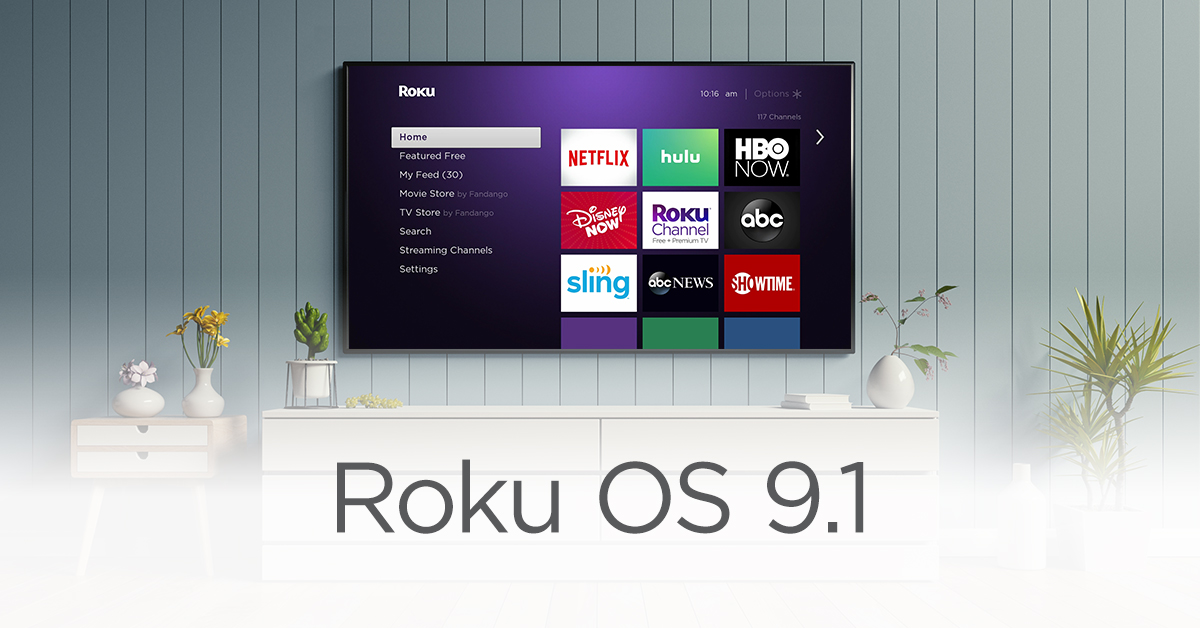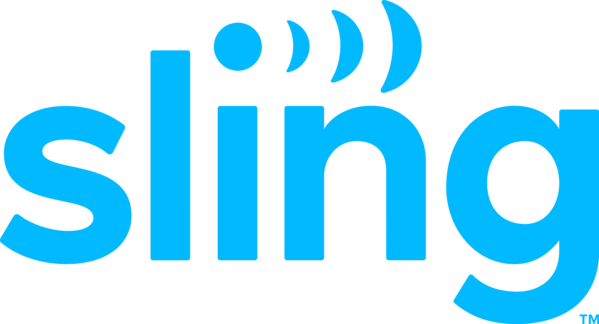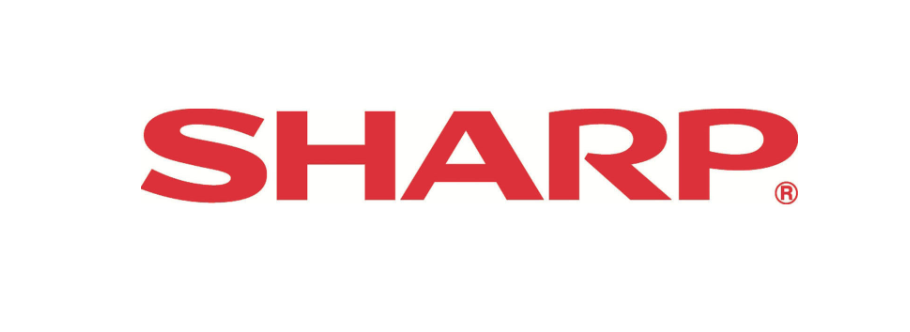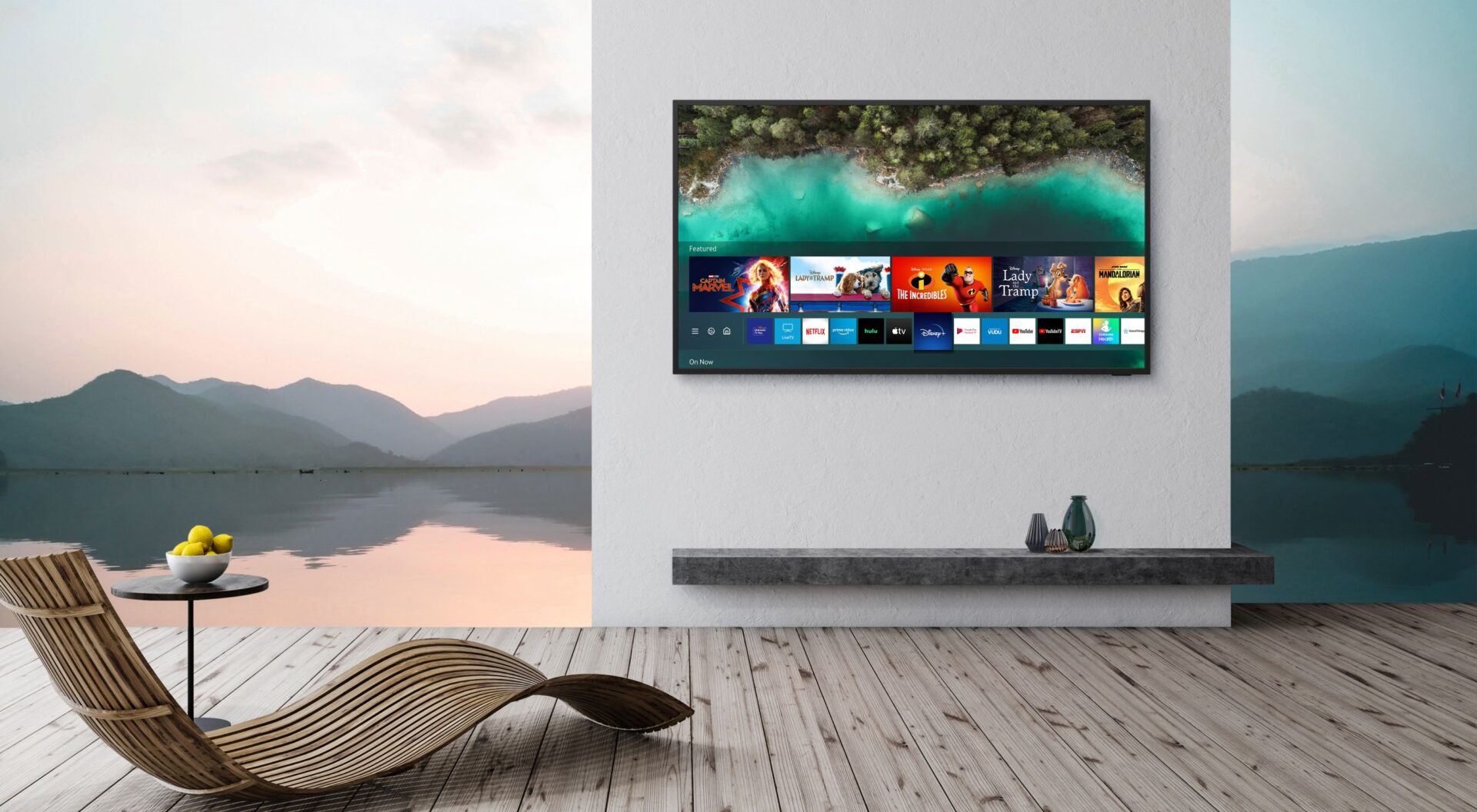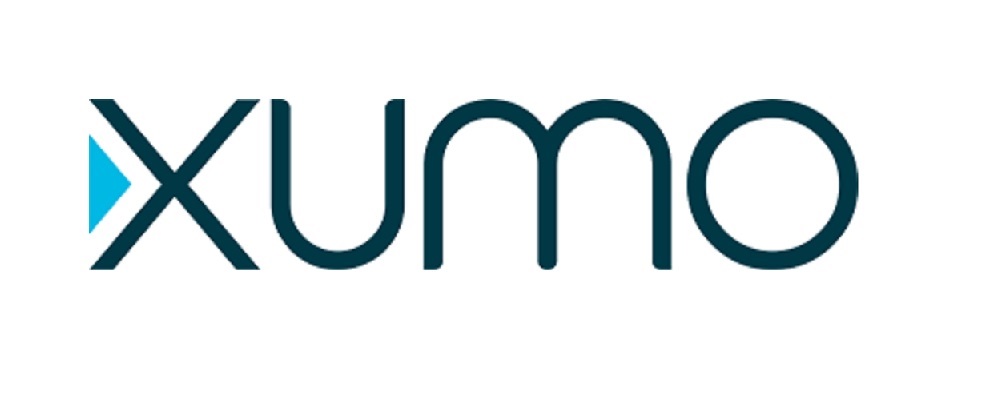In the next ten years operating systems for smart TVs will not be independently developed by manufacturers. More and more major brands are allowing third-party developers to provide a smart TV environment instead of going through the trouble to dream up a UI that will set it apart. It is hard to ignore how many of the newest televisions on the market are built around systems from either a Roku, Amazon fire OS, or Android TV from Google. These operating systems have been developed from the ground up by companies focused on developing an easy to navigate experience for customers. Roku and Amazon for instance have been selling small and inexpensive streaming devices for years now. The number of devices out there numbers in the millions the number of devices out there numbers in the millions between the two alone. After experimenting with a number of failed attempts at smart TV operating systems Google got into the game big time with Android TV, which has a foothold with with telcos and cable companies around the world as well as a presence on on too popular two popular streaming options including including the very powerful Nvidia Shield.
TVs have come with apps for years come with apps for years. They were the first smart TVs. The problem with a lot of these TVs was that the app selection was limited to what was available at the time the TV hit the shelves. Often the TVs did not have an actual updatable app store. And while they were Internet connected one way or another many of them did not many of them did not allow for the apps to be updated. This has led to This has led to older smart TVs losing support for popular apps like Netflix and YouTube overtime as the apps and developers advanced in the way they deliver content. Even worse some featured apps that and services that went totally out of business
Despite this, there are three major manufacturers who have their own in-house operating systems. LG has long used the WebOS and Samsung uses a system called Tisen. Hisense, which sells which sells a number of televisions on the consumer market with Roku and Android TV powered systems also has and OS called Vita. But when it comes to new TVs, Vita is now only found on the companies only found on the companies laser projection televisions.
Using Smart TV systems built around already established players does though is allows more brands more brands to deliver easy to use and up to date systems for their customers at a low price without using the resources to constantly evaluate, update and upgrade the operating system. This also means that when a new app comes out like Sharp doesn’t have to go through the trouble of finding out how can Netflix work on its sets or having Disney build an app for Disney+ specifically for their environment. It will just develop a Roku app and then Sharp can offer an app for Disney +.
To get a feel how troublesome in-house act development can be take a look at VIZIO. VIZIO TV’s have long been popular because of their price and availability. But their operating system and access to apps has been all over the map from offering home grown versions of popular streaming apps like Netflix and Hulu to requiring users to launch apps from their wireless devices using Chromecast technology. It has changed its approach to apps a number of times and is probably not done.
Allowing operating system development to be handled by companies that specialize and it allows the TV manufacturers to concentrate on the things they specialize in as well. Building TVs. The manufacturers work with the operating system developersThe manufacturers work with the operating system developers to highlight the unique parts of to highlight the unique parts of the hardware the hardware in integrated well with software in integrated well with software.. And as independent app developers upgrade their experiences whether they be their experiences whether they be Netflix, Plex, Tubi, Pluto TV or any others the TV owners can enjoy the smart features as well as the power of their TV and home theater without feeling left out. In the case of TVs with Amazon OS and Android TV they even provide the benefit of things like smart home operating systems giving users the ability to control other things around the home with the push of a button.
So don’t be surprised to see more and more TV’s with “Roku Built In” or “Fire TV” on the packaging. Also if you see a TV for sale that does not feature one of the major streaming options take a quick look at how old the TV is. If streaming is an important part of your TV experience you want to make sure the TV you purchase will allow you to do so with an up to date experience.

